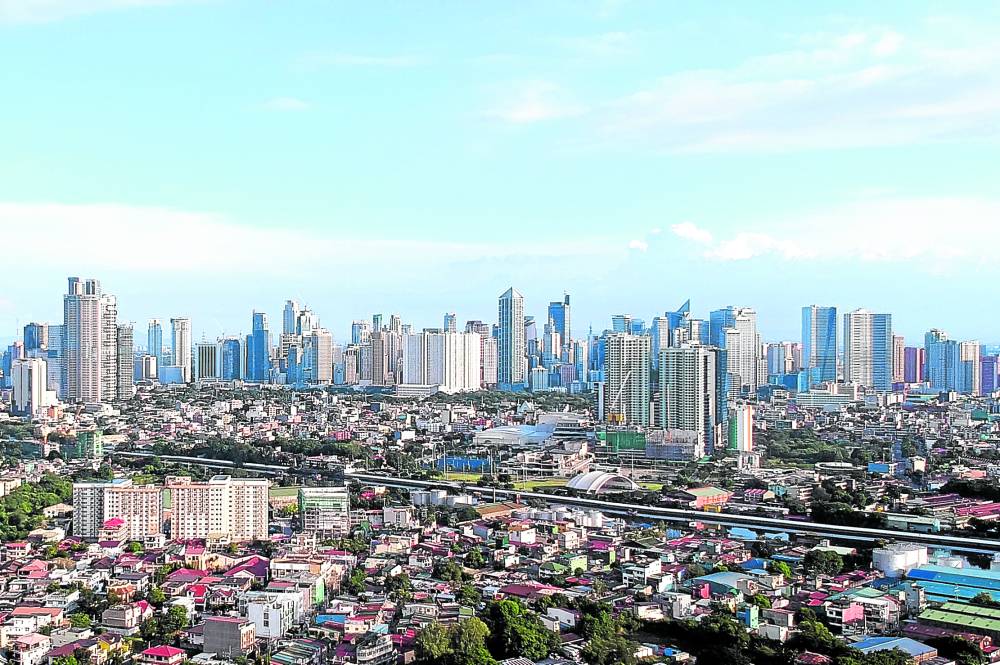
Many businesses are targeting to implement return-to-office plans in the early part of second quarter.
The Philippines was off to a bad start in 2022 amid the surge in daily positive COVID-19 cases due to the Omicron strain. But as soon as the infection rates entered a sustained pattern of plateau and decline, the government loosened restrictions to usher in a seemingly closer return to pre-pandemic normalcy.
Return to office
Despite the delay, many businesses are targeting to implement return-to-office plans in the early part of second quarter. Stalled negotiations are revived as occupiers try to lock in favorable terms for the long term before the tide fully returns to the landlords’ favor.
Average occupancy rates are estimated to huddle in the mid-teen level as incoming office supply in Metro Manila this year is expected to reach 0.78 million sqm. The new wave of expansion plans coming from information technology and business processing management (IT-BPM) companies will fuel the recovery and growth of rental rates towards the latter part of 2022.
As businesses fully recover, take-up rates in residential condominium developments are set to gradually recover in the medium term.
While work-from-home arrangements are perceived to decline in numbers, the long-term view is that hybrid work setup will persist due to pandemic-induced anxiety and significant investments related to home purchases outside Metro Manila. Future offerings should consider the imminent shift in demand towards residential developments in urban centers such as Metro Manila that will properly address future pandemic concerns.
Gradual recoveries
While the growth of consumer activity took a temporary nosedive at the height of the Omicron surge, footfall in shopping mall developments and occupancies in strategically-located hotel developments have gradually recovered—although still below the pre-pandemic levels.
As average shopping mall vacancy rates in Metro Manila reached approximately 15 percent at the start of 2022, some idle spaces in retail developments located near high quality infrastructure have been converted for warehousing solutions to fulfill last-mile delivery commitments due to the growth in e-commerce activity.
The resultant boom in e-commerce has driven the demand for warehousing, logistics and supply chain solutions. Recent global events such as the non-synch opening of key port destinations and the volatile oil prices exacerbated by the ongoing Russia-Ukraine conflict are likely to put a strain on the continued growth in the manufacturing and logistics industries.
Paradigm shift
To compete in the now normal, some of the basic operational and strategic assumptions of the industry need serious rethinking. Stakeholders in the Philippine real estate industry need to embrace a paradigm shift to capture the emerging growth trends amid the various headwinds that have so far defined early 2022.
The recent amendments to the foreign investments and retail trade liberalization laws are timely supports to the government’s effort to stimulate economic growth by relaxing the requirements and limitations to welcome highly-needed foreign investor participation.
In addition, global investors are increasingly emphasizing ESG (Environment-Social-Governance) factors as part of their analysis and due diligence process.
As the national election nears, the new set of leaders should prioritize fiscal programs that will maximize the potential of the young, working population while steering the country towards further digitization.
The incoming administration should prioritize legislation that will help shield the economy from future pandemic events to ensure uninterrupted growth of the Philippine property market.
Claro dG. Cordero Jr is director of Research, Consulting & Advisory Services at Cushman & Wakefield

